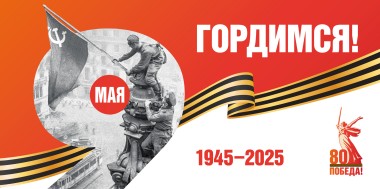Among the tragic events and dates, with which, by the will of fate, the modern history of Ossetia was saturated, the Ered tragedy occupies a special place. On March 18, 1991, near the village of Ered, with the support of "civilians", Georgian informals put off 25 Ossetians from the Ural military vehicle belonging to the Internal Troops of the USSR Ministry of Internal Affairs.
Women and children (!) were brutally beaten, but released, and 12 guys after the brutal beating began to be delivered to the “headquarters” of the Georgian “gangs” for further torture. However, according to the information obtained by the Ossetian Chronicler Alexei Margiev, the headquarters refused to accept them. After that, they started to deliver them on a truck to other Georgian villages, shouting: “Who wants Ossetian blood”, meaning “who wants to mock Ossetians”, but people closed their doors.
Then, according to eyewitnesses, after brutal torture (beaten, tortured by electric shock, broken bones, then tore off or cut off arms and legs, gouged out their eyes) they threw them alive into a ravine, doused with gasoline, set fire and buried it with earth, buried them alive over the village of Ered , near the quarry, and the place of burial in order to hide the tracks was rammed with equipment and made the road.
Georgian eyewitnesses also reported that the earth was moving for several hours, for several days the moaning was heard from under the ground. For a long time, they were considered missing. During the search, even a year later, the residents of Ered cynically answered the relatives of the victims that "four of them died immediately, and the rest are working in the mine." They meant the groans of the tormented from the ground. Thanks to anonymous sources, the place of their burial was found.
On September 25 and 27, 1993, employees of the Ministry of Internal Affairs and the prosecutor's office of the Republic of South Ossetia went there, and in the presence of representatives of the Georgian law enforcement agencies, as well as relatives and friends of the victims, they exhumed the remains of the victims. With the help of relatives and friends, the identities of the killed were established.
In the same month, the victims were buried with honors in the cemetery of Tskhinval.
Despite the fact that next year will be the 31th anniversary of the day of this terrible crime, there is no reliable information that one of the organizers or performers was held accountable or punished by a court order.
Moreover, this crime continues to be called a tragedy. What is the difference between crime and tragedy, is clear. Where there is a crime, there is a criminal who must be punished! ., and the tragedy may not have a specific culprit.
On Wednesday, March 18, the relatives of the brutally murdered, the public and the leadership of the Republic will once again come to pay tribute to the victims of the tragedy. The memory of them will forever remain in the heart of every Ossetian!







